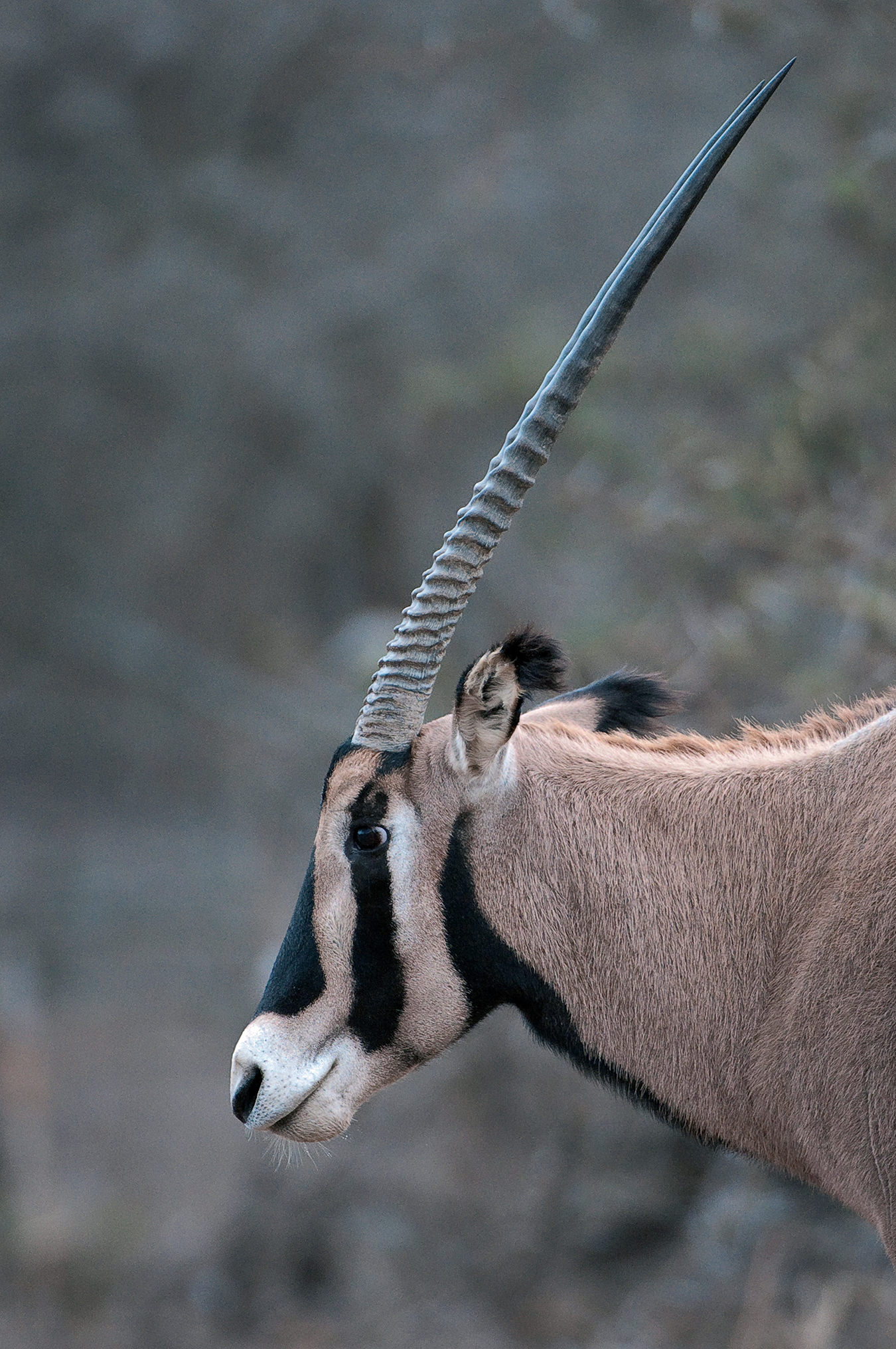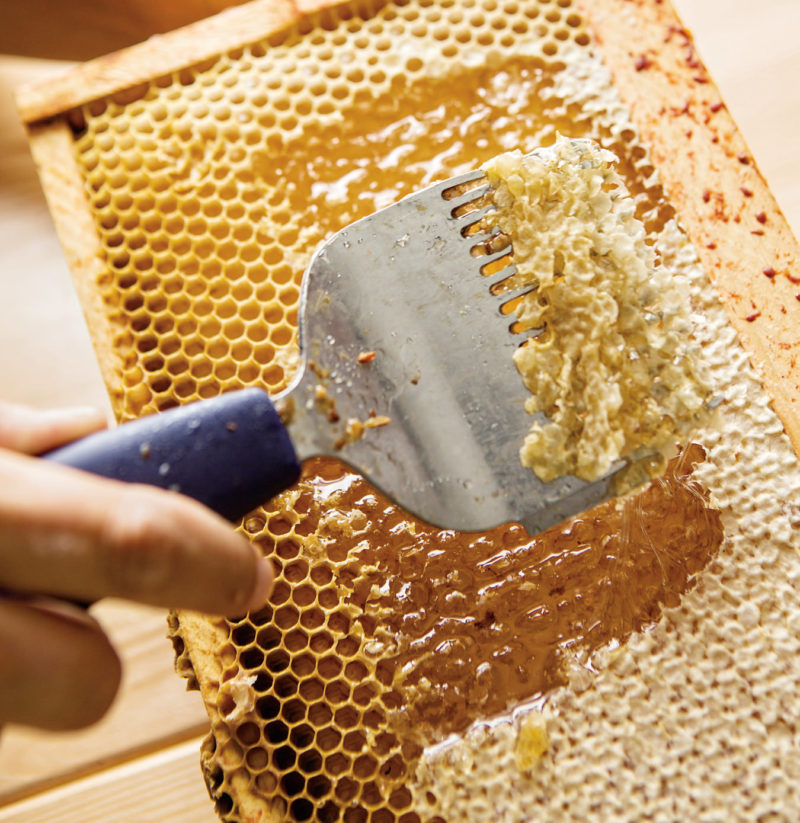The Elephants and Bees Project
Plan bee.

Long considered nature’s arch multi-taskers, one group of the world’s 20,000-odd species of bees is busier than most. In the shadow of the beautiful Sagala Hills bordering Kenya’s Tsavo National Park, African Savannah honeybees forage all day, collecting nectar and pollinating before returning to their hives. Meanwhile, crop-raiding elephants in the nearby park sniff the breeze and—lured by the scent of ripening maize and cowpea crops in farmers’ fields—head over for a nighttime snack.
Here on the edge of Kenya’s largest national park, the Elephants and Bees Project is working to stop the marauding elephants. Partially funded by the Disney Conservation Fund, the project is spearheaded by Save the Elephants, Oxford University, and Dr. Lucy King, who received her PhD from Oxford. It is also 80 per cent successful in preventing elephants from crop raiding. As King notes, at the core of the initiative was discovering that African elephants are scared of wild African honeybees.
“[They] will avoid live beehives at all costs to avoid getting stung around the eyes, face, trunk, and mouth,” says King, who, along with Kenyan farmers, has harnessed the power of the African honeybee to speak to pachyderms. Veteran Elephants and Bees Project farmers Charity Mwangome and Nzumu Wabongo surround their shambas (crop fields) with beehives strung on wires. When elephants wander toward their land by dark and try to push through the shoulder-high wire, it causes the attached beehives to swing violently, disturbing and releasing bees that irritate the elephants. Mounted infrared cameras take photos at night, and the team has compiled ID sheets of the 12 most notorious elephant crop raiders.
“The project is providing a sense of empowerment to these farmers,” says King, explaining that one night of crop raiding can, in effect, wipe out a family’s school fees for a year. “It’s also giving them another income stream in the form of selling their honey and beeswax for profit.” Last year, Taita-Taveta County farmers made 480 jars of honey. The farmers, in turn, protected their workers’ well-being by covering the hives with thatched roofs to ensure the insects don’t overheat, become aggressive, and leave.
Kenya’s breathtaking biodiversity is enthralling. King and a new, young cadre of Kenyan conservationists are honouring that diversity, working collaboratively to dissuade elephants from putting themselves in harm’s way. Once home to 45,000 elephants, Tsavo National Park saw those numbers crash to a low of 6,000 during the seventies’ ivory crisis.
“That number has now recovered to 14,000,” says King. She recalls her first ah-ha moment with Elephants and Bees while travelling in the Samburu National Reserve. Within seconds of a thrown stone hitting a hive, it erupted with buzzing bees. “An alarmed elephant family immediately took off at a run along the riverbank, kicking up dust until they were out of sight.”
Photo courtesy of the Elephants and Bees Project.




